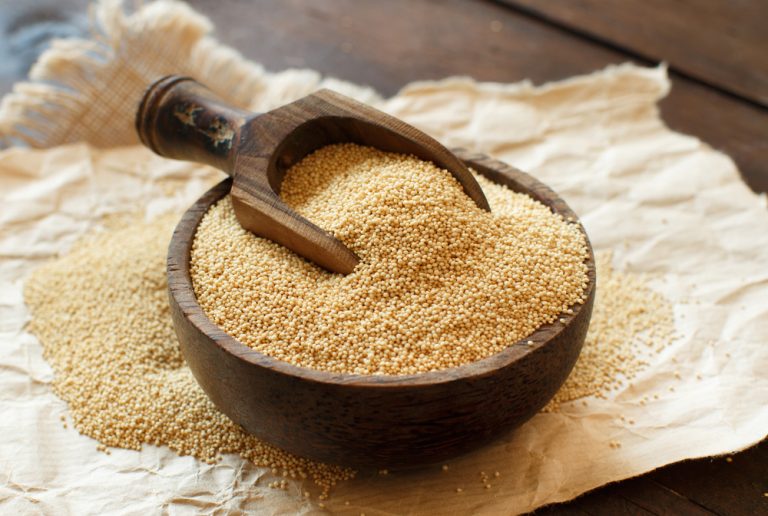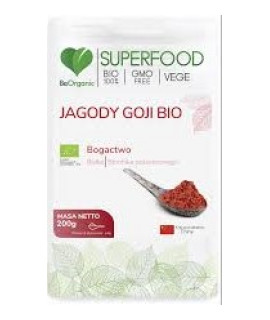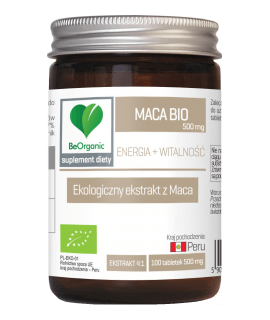Amaranth, although known to mankind for centuries, still remained in the shadow of wheat and slowly began, wrongly, to pass into oblivion. Hardly anyone has heard about it, even less knew what a wealth of vitamins and nutrients it contains, and probably no one has even thought about using it in a regular diet plan. Fortunately, due to its benefits is gaining more and more fans and regains its rightful place on the pedestal of cereals.
Amaranth is what?
It grows from 40 to 150 cm in height. It is characterized by dark red, heavily branched stems. It is in these plumes that the valuable seeds for health sit.
The diamond-shaped leaves grow very close together and densely cover the entire stem. Amaranth came to Europe at the turn of the 16th and 17th centuries, most likely from Central Asia, Africa, or the East Indies. At first, it was considered a weed, but with time it was promoted to the status of an ornamental plant. It does not require any special treatment and perfectly tolerates periods of drought.
More than wheat
What distinguishes amaranth and puts it above wheat is the significant content of dietary fiber, which beneficially affects the work of the digestive system, especially intestinal peristalsis. It also contains large amounts of polyunsaturated fatty acids, which significantly reduce the concentration of bad, low-density fraction of cholesterol.
It is a rich source of valuable minerals such as calcium (250 mg/100g), iron (15 mg/100g), and phosphorus (about 580 mg/100g). Thanks to the richness of proteins it should be included in the diet of physically active people and people following a vegan diet. Extremely important are lysine, tryptophan, and methionine, i.e. amino acids, which the body cannot produce on its own and we must intake them from dietary sources. Despite the fact that they are absorbed very well only in combination with other cereals such as corn they are absorbed in more than 90 percent. A small fraction of starch makes it easy to digest and at the same time quickly provides the body with the necessary energy.
Amaranth also provides vitamins B group and A, C, and E. It also contains a range of valuable fatty acids - linoleic, oleic, linolenic, arachidonic, lignoceric, and palmitic acid.
First - for heart and celiac disease
The high content of squalene (in amaranth oil there is 10 times more of it than in olive oil) and fatty acids significantly reduces the risk of cardiovascular diseases, including atherosclerosis, anemia. Amaranth should be consumed by people with diabetes, diseases of the nervous and skeletal systems.
In addition, regular consumption of products containing amaranth extract helps reduce cholesterol. At the same time, it increases the concentration of HDL, the so-called good cholesterol.
Interestingly, amaranth is one of the few kinds of cereal that does not contain gluten, so it is completely safe for people with celiac disease or a gluten allergy. It works perfectly in the diet of people allergic to legumes, eggs, or nuts.
Secondly - for the skin
Despite such a wide range of nutrients, it does not owe its special position to them. It is the presence of squalene that makes amaranth a unique cereal. This particular hydrocarbon is a substance that can increase longevity. It is part of the so-called lipid coat of the skin, a layer that provides protection against bacteria, among other things.
Due to these special properties, it found its use in cosmetology as an agent inhibiting the skin aging processes. But this is not the only advantage of squalene. It accelerates the healing of wounds, as well as protects against the harmful effects of UV radiation.









